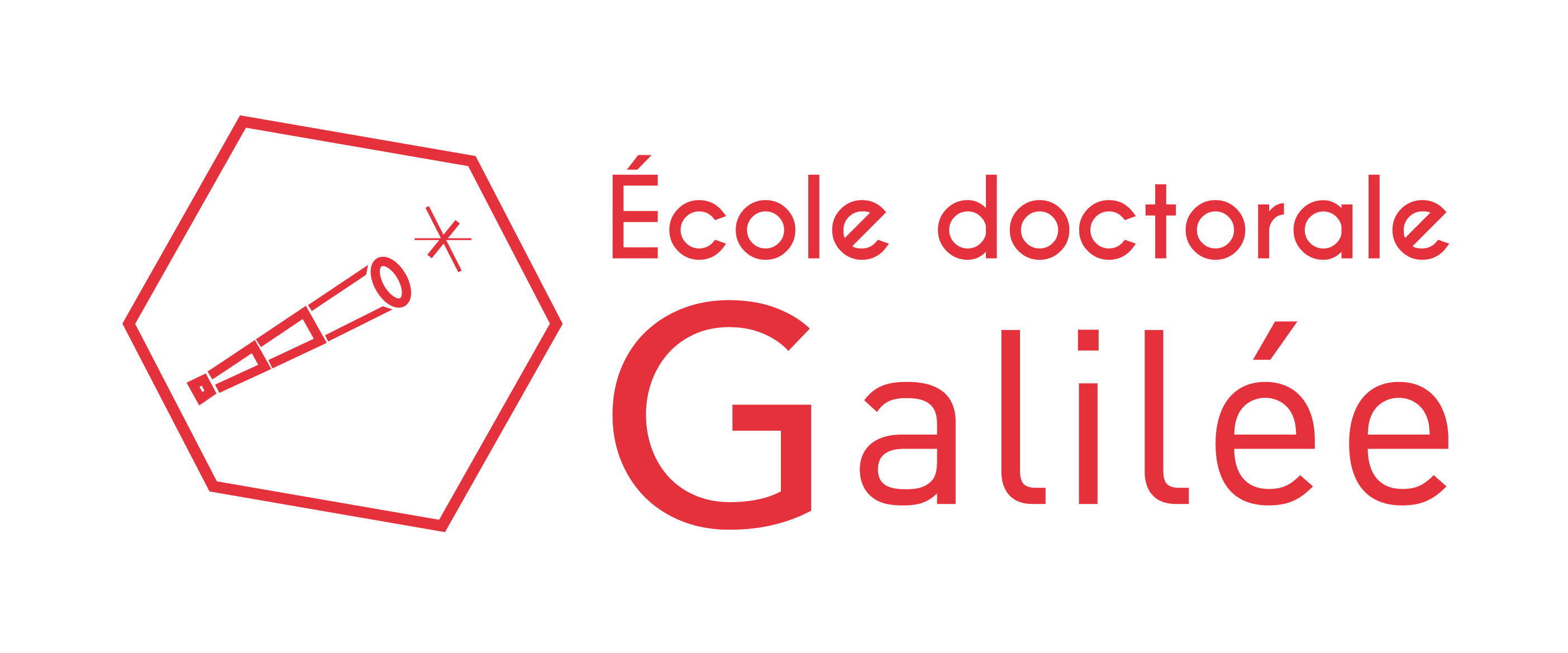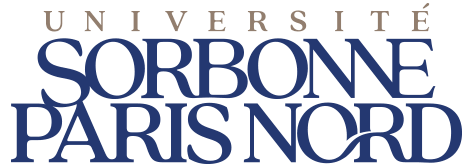
Impact de l’environnement sur l’antigénicité, l’immunogénicité et l’activité pro-inflammatoires des ‘’Neutrophil extracellular traps’’ (NETs) dans la polyarthrite rhumatoïde.
La polyarthrite rhumatoïde (PR) est une maladie auto-immune inflammatoire chronique qui détruit les articulations et touche 1 % de la population mondiale. Malgré les progrès thérapeutiques, seul un tiers des patients atteint une rémission à long terme. L’étiologie de la PR reste inconnue, mais des preuves croissantes suggèrent que la dysrégulation des neutrophiles polynucléaires (PMN) joue un rôle clé dans la pathogenèse de la PR, notamment par la formation excessive “Neutrophil extracellular traps” (NETs). Ces NETs contribuent à l’initiation et à la perpétuation de la maladie. De plus, le microenvironnement inflammatoire et hypoxique au sein de la synovie des patients atteints de PR exacerbe la progression de la maladie, tandis que l’exposition environnementale à la silice cristalline est positivement corrélée au développement de la PR. Néanmoins, le lien entre ces facteurs environnementaux internes/externes et la pathogénicité des NETs reste flou. Cette étude vise à 1) identifier les stimuli déclenchant les NETs chez les patients atteints de PR, 2) analyser leur impact sur l’activation des cellules immunitaires, et 3) caractériser les mécanismes et facteurs environnementaux impliqués. Les résultats obtenus permettront de moduler ces réponses et seront confirmés in vivo dans des modèles murins d’arthrite pour identifier de nouvelles cibles thérapeutiques.
Impacts of the environment on the antigenicity, immunogenicity, and proinflammatory activities of “Neutrophil extracellular traps” (NETs) in rheumatoid arthritis
Rheumatoid arthritis (RA) is one of the most common chronic inflammatory autoimmune diseases that leads to joint destruction in patients. The prevalence of the disease is 1% worldwide with only a third of patients reaching long-term remission despite the therapeutic advancements. The etiology of RA is still unknown; however, increasing evidence suggests the dysregulation of polymorphonuclear neutrophils (PMNs) contributes to RA pathogenesis. Through the elevated formation of neutrophil extracellular traps (NETs), neutrophils are involved in the initiation and perpetuation of the disease. In addition, the inflammatory and hypoxic microenvironment within the synovium of RA patients exacerbates disease progression, while environmental exposure to crystalline silica is positively correlated with the development of RA. Nevertheless, the link between these internal/external environmental factors and the pathogenicity of NETs remains unclear. Therefore, it is essential to elucidate this connection for the identification of new therapeutic targets. This study aims to 1) identify the NET-inducing stimuli in RA patients, 2) analyze the capacity of these NETs to activate different immune cells, and 3) characterize the mechanisms and environmental factors involved to modulate these responses in the future. The identified mechanisms will be confirmed with in vivo mouse models of arthritis.

